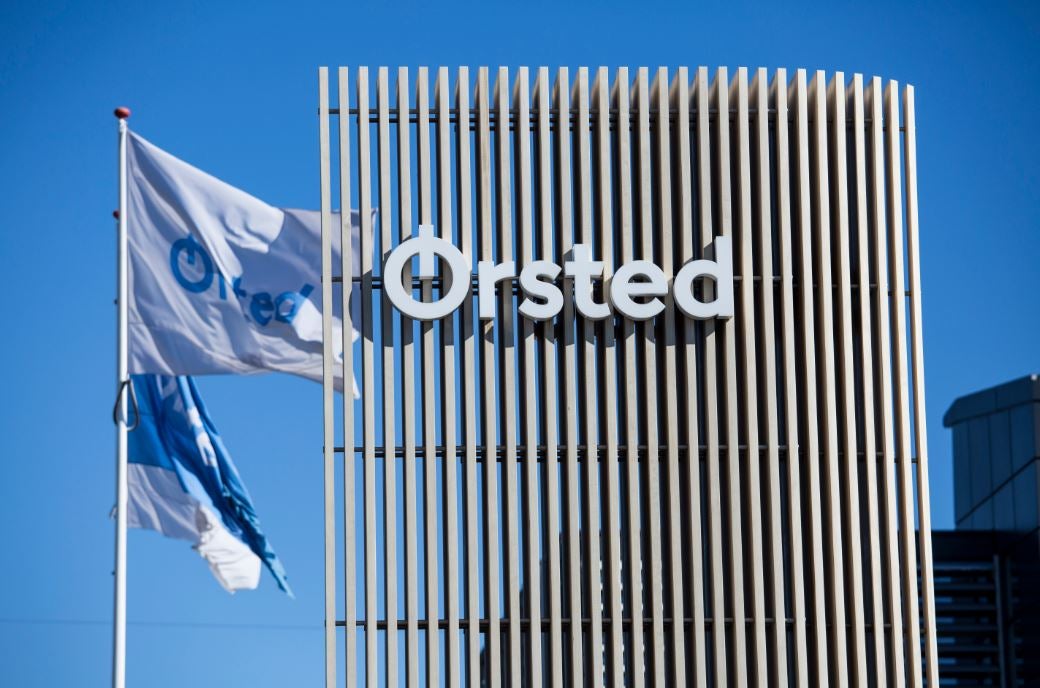
Renewables developer Ørsted will invest $68bn (DKr471.23bn) into energy projects to help meet its 50GW power capacity target by 2030, the company said in an investor update on Thursday.
According to Reuters, the Danish renewables giant said that its plans will be entirely self-funded. Ørsted added that it expects to exceed the profit expectations for this year, which were set in 2021.
“We’re on track to outperform our previous EBITDA [earnings before interest, taxes, and amortisation] and ROCE [return on capital employed] targets for 2020-2027, confirming the significant value in our portfolio of renewable projects,” Ørsted chief executive Mads Nipper said in a statement.
The company’s share price ended 5.1% higher on Thursday, a two-week high, besting a 0.5% rise in Copenhagen’s benchmark stock index. However, Ørsted’s share price has fallen by more than half compared with its peak in January 2021, which came a few months before it announced its 50GW capacity target.
The company stands as the largest offshore wind developer in the world by capacity, and currently has an operational output of 15.5GW in renewable assets. It has a further 4.9GW already under construction and has said that projects totalling another 10.6GW have been awarded funding.
Nipper said that “we are confident we can deliver the investment plan with the current capital structure” in discussion on whether the company would rule out an equity raise in the future.

US Tariffs are shifting - will you react or anticipate?
Don’t let policy changes catch you off guard. Stay proactive with real-time data and expert analysis.
By GlobalDataIn the UK, the company is still weighing up a final investment decision regarding its planned 2.8GW Hornsea 3 offshore wind farm. It said in March that the project depended on the government providing more financial support, including tax breaks. Ørsted also has several wind projects in development in Poland and the US.
Other companies, including electric vehicle (EV) battery producer AMTE Power and carmakers such as Stellantis, as well as Nissan, have also expressed dissatisfaction at the lack of subsidies and tax breaks from the UK Government for renewables projects.
AMTE Power announced in April that it might move its planned battery gigafactory site from Scotland to the US to utilise the subsidies and tax breaks offered to companies for local EV production under the Biden administration’s Inflation Reduction Act (IRA).
Stellantis told the BBC in May that unsustainable Brexit trade tariffs could put its operations in the UK at risk. Nissan similarly said in February that production costs in the UK must fall for the company to continue EV manufacturing in the country.
Despite these concerns, UK Chancellor Jeremy Hunt has said that a government subsidies package to counter the IRA will not be produced for fear of a trade war.



